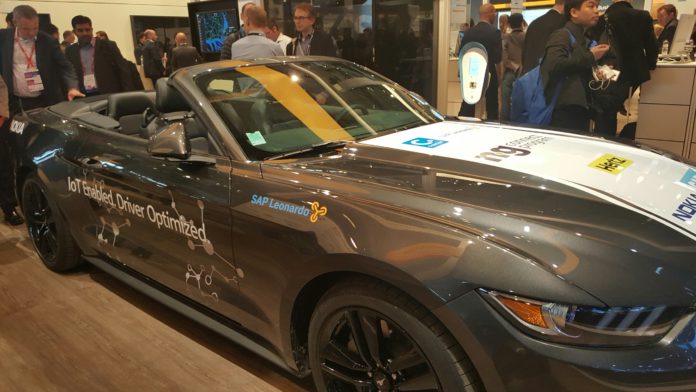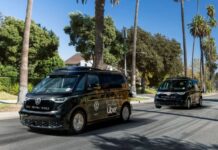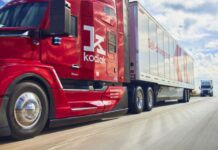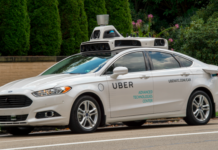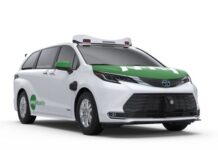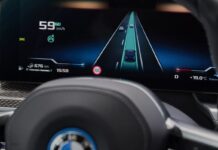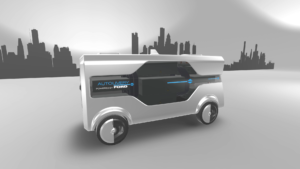
BARCELONA—While it will never be confused with Europe’s large car shows, last week’s Mobile World Congress featured a growing number of automakers concentrating on connected and autonomous vehicles.
Unlike a few industry competitors, one automaker at MWC believes that partnering will be critical for autonomous vehicle rollouts. “We know [about the things] we do very well, but we can’t do things alone. We have started partnerships not only with core tech companies, but others in adjacent services,” said Ogi Redzic, Renault-Nissan Alliance senior vice president, connected vehicles and mobility services, at a MWC autonomous vehicle panel.
Redzic said his company is working with companies as diverse as Microsoft for cloud vehicle security, a large transit company and Japanese gaming companies to introduce driving services that interact with people and to add new development capabilities.
It’s tough for startups to break into automotive markets because the car companies have a lot of capital invested and have a structured process, Redzic said. “It’s important [for them] to understand how car companies work. A consideration is which part of the vehicle’s cloud security can be worked without negatively affecting new development,” he said. “If you think we are going to work with a fancy new startup, who will want to change [automotive] processes, you are grossly mistaken. But you have to expect, in the long run, that vehicles will be more platform driven.”
Redzic said his company hopes to bring on 300 additional experts in the autonomous vehicle industry. “There is a skills gap, not just automotive, but transformational,” he said.
In terms of new markets, Redzic believes urban mobility, with electric connected and autonomous cars as a centerpiece, will be a solid segment for his company. “In order for us to deploy [autonomous vehicles] in the 200 countries we sell cars, costs of hardware have to come down. In particular LiDAR. High-definition maps need to be available,” he said.
Renalut-Nissan said it plans to roll out at least 10 car models, by 2020, with some sort of autonomous driving capability. The Nissan Serena, a minivan sold in Japan, has single-lane autonomous drive capability through the company’s ProPilot technology.
At both MWC and the recent CES in Las Vegas, auto companies centered their future strategies on connectivity.
“High-quality connectivity is the base for autonomous vehicles. The next step for autonomous vehicles is 5G vehicle-to-vehicle and infrastructure connectivity,” said Nikolai Reimer, Volkswagen head of mobile online services and connectivity.
Reimer said that Volkswagen, three years ago, bought a former Blackberry team to design connectivity modules. “The connectivity units, developed in house with module and microchip suppliers, were deployed early to influence chip design. Autonomous driving without this connectivity is not possible,” he said.
Some Autonomous Vehicle Announcements at MWC
While many automakers save their announcements for the larger auto shows, particular in Geneva, MWC saw a few. Ford, which has exhibited at MWC for the past five years, rolled out its Autolivery that uses an electric self-driving van and drones to deliver packages in cities.
Drones are launched, within a few meters of final delivery, to take packages to multistory buildings and areas where a vehicle can’t operate.
Peugeot showed off its Instinct concept car, which can operate in a self-driving mode. The car incorporates an onboard Internet of Things (IoT) platform with Samsung’s Artik Cloud service. This allows it to collect data from other connected devices and adjust settings to include audio, lighting, seat, interface settings and others.
In other Mobile World Congress news:
- Qualcomm and TomTom are partnering to create high-definition maps for autonomous cars. Qualcomm’s Drive Data Platform and TomTom’s HD Map tool will be used in the collaboration, the companies say. To gather data, the companies plan to use crowdsourcing and machine learning.



